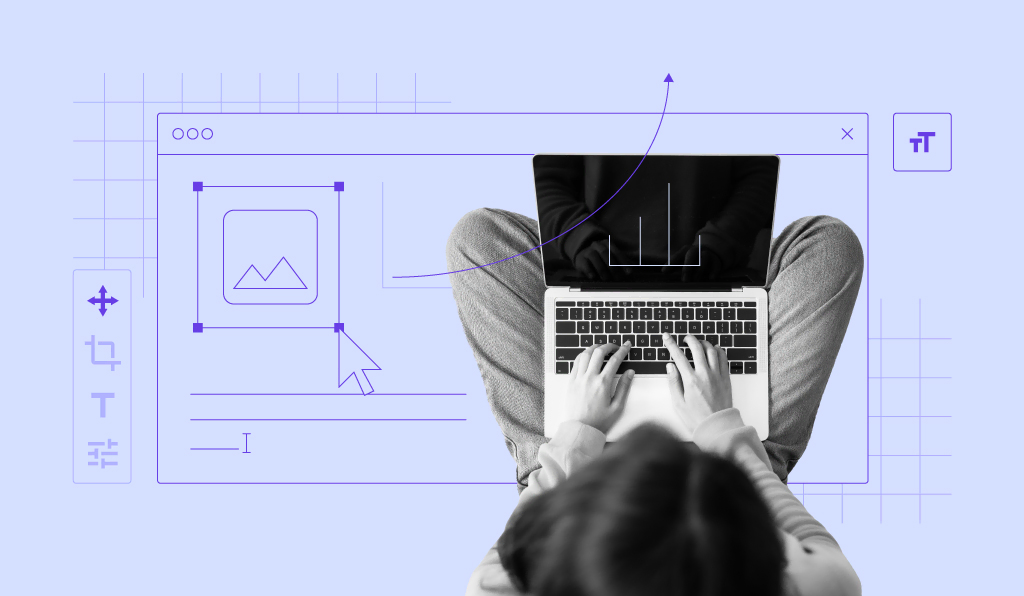Vital Concepts of User-Centric Website Design for Optimal Involvement
In the world of website design, user-centric principles function as the cornerstone for fostering engagement and contentment. By focusing on user requirements, improving functionality, and making sure availability, designers can develop experiences that reverberate with varied audiences. Additionally, the aesthetic components of a website play an important role in capturing attention and assisting in communication. The trip towards ideal engagement does not end below; recurring individual feedback is essential for refining these concepts. Comprehending exactly how these components interconnect can substantially impact the effectiveness of a website design technique. What are the crucial elements that truly make a difference?
Understanding Individual Demands
Understanding user demands is basic to developing efficient website design that resonate with target market. An extensive comprehension of individual needs makes it possible for designers to craft experiences that are not only useful but additionally involving. This procedure begins with thorough research study approaches, consisting of user interviews, surveys, and analytics, which aid to identify the certain preferences, behaviors, and pain factors of the target audience.
Moreover, empathy plays a vital role in understanding user requirements. By entering the users' footwear, designers can better expect their expectations and produce tailored services that address their concerns - Web design in Penang. Structure individual personalities, which encapsulate the features and motivations of normal individuals, can further lead style choices and guarantee placement with user priorities
Furthermore, contextual inquiry permits developers to observe individuals in real-world atmospheres, giving understandings into how they communicate with existing systems. This qualitative information can inform style models that boost user contentment. Ultimately, a user-centered method, based in a deep understanding of customer needs, not only improves use yet likewise fosters commitment and count on, bring about raised interaction and enhanced total user experience.
Focusing On Usability

Furthermore, the importance of feedback can not be overemphasized. Individuals should get immediate, clear actions to their activities, such as type entries or switch clicks, helping them comprehend the end results of their communications. This comments develops trust and motivates continued involvement.
Observing actual users as they communicate with the website can expose discomfort points and locations for enhancement. Iterative style based on individual comments not just refines functionality however also lines up the web site a lot more very closely with individual assumptions.
Guaranteeing Ease Of Access

To attain accessibility, designers ought to comply with established guidelines such as the Web Web Content Accessibility Standards (WCAG) These guidelines stress the importance of offering message options for non-text content, making sure adequate contrast in between text and history shades, and making it possible for keyboard navigation for all interactive elements (Web design in Penang). In addition, clear and succinct language ought to be made use of to aid understanding
Integrating ease of access attributes not only benefits people with specials needs yet likewise boosts total customer experience. As an example, screen viewers can help individuals in browsing material properly, while subtitles and transcripts make multimedia obtainable to those with hearing impairments. An obtainable website can improve search engine optimization (SEO), as search engines prefer well-structured and user-friendly websites.
Eventually, prioritizing accessibility promotes inclusivity, permitting all customers to completely involve with electronic web content and guaranteeing that nobody is left behind in the electronic landscape.
Aesthetic and Aesthetic Design
A properly designed web site not only satisfies availability requirements however additionally astounds customers with its aesthetic and visual elements. The aesthetic style of a web site plays a crucial function in developing an appealing customer experience. Reliable usage of shade, typography, and images can evoke emotions, convey brand identity, and more information overview individuals with the web content seamlessly.
Color plans ought to be very carefully chosen to reflect the brand's individuality while preserving readability and visual convenience. Typography needs to be readable and harmoniously integrated into the overall style, ensuring that it matches instead than sidetracks from the material - Web design in Penang. Photos must be top notch and appropriate, serving to enhance the message instead of overwhelm it
Whitespace is an additional essential element of aesthetic design. It gives breathing area, permitting users to focus on essential elements without feeling jumbled. In addition, uniformity in aesthetic design components, such as buttons and symbols, cultivates experience and boosts navigation.
Inevitably, a well-executed visual and visual style not just brings in individuals yet also motivates expedition and interaction, causing a much more gratifying on the internet experience. This foundation is vital for fostering deeper engagement and establishing a long-term connection with the target market.
Continual User Feedback
Individual responses functions as an important pillar in the evolution of website design, making certain that the site proceeds to satisfy the demands and assumptions of its audience. By proactively soliciting point of views and insights from customers, designers can reveal valuable information that drives improvements and cultivates interaction. This repetitive process not only boosts customer fulfillment yet also builds a read the article sense of neighborhood and trust fund.
To successfully gather constant individual comments, various approaches can be employed, including studies, usability screening, and analytics devices. Studies can offer quantitative data on individual preferences, while usability screening uses qualitative understandings right into just how individuals interact with the site. Furthermore, analytics tools can track behavioral patterns, disclosing locations of friction that might not be instantly apparent.
It is necessary to evaluate and prioritize feedback, resolving high-impact issues that impact customer experience. In addition, interacting updates and adjustments made in reaction to user input strengthens the worth of their payments, urging ongoing involvement. Eventually, a dedication to constant customer feedback not just refines internet design however likewise grows a user-centric method that can significantly boost engagement and loyalty in time.
Conclusion
In conclusion, the crucial principles of user-centric internet design incorporate a thorough understanding of user requirements, view website a solid emphasis on usability, and the combination of ease of access functions. Continuous user feedback additionally educates style improvements, making sure that web sites stay engaging and reliable.